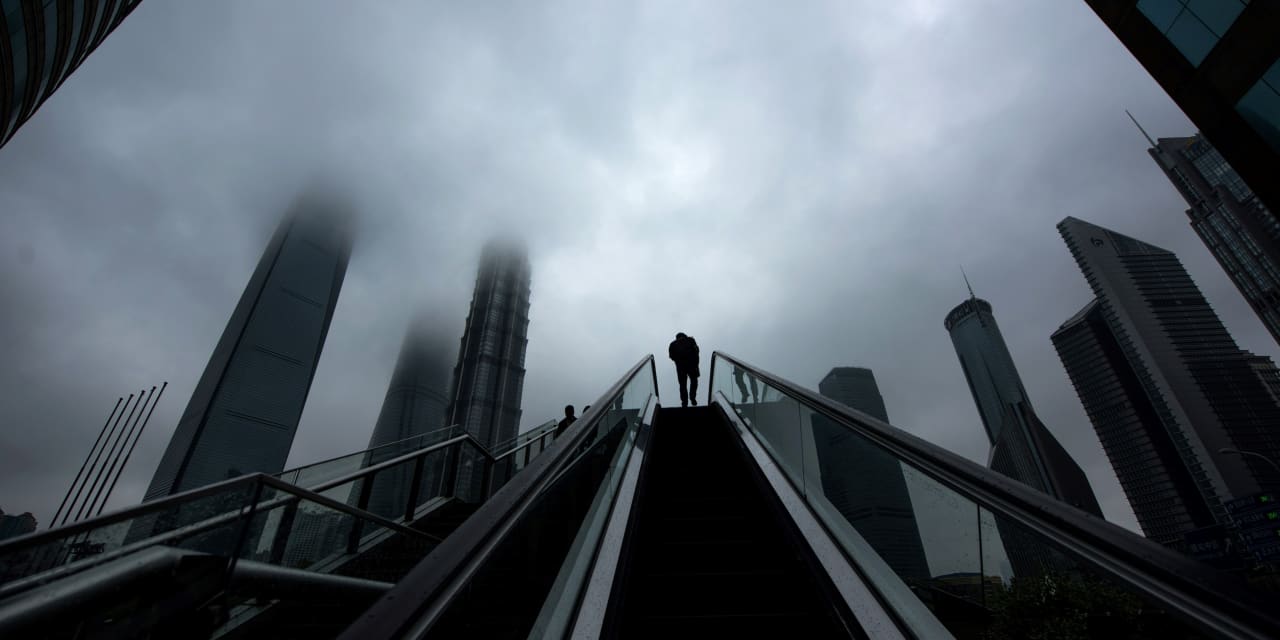China is juggling a lot with its weaker-than-expected economic recovery: Softening demand both abroad and at home, high unemployment among young people, property developers struggling with debt, and flared-up tensions with the U.S.
Despite all this, China’s GDP posted a 4.9% annual growth in the third quarter, following 6.3% and 4.5% in the previous quarters. While not the double-digit growth in the past decades, the numbers are on track to meet Beijing’s target of a 5% growth this year.
The government has cut its key interest rates twice this year and recently rolled out a flurry of stimulus. Following the moves, the International Monetary Fund raised its 2023 forecast for China growth to 5.4% from the previous 5%.
The stimulus seems to be having an effect, as imports rebounded in October. But manufacturing activities unexpectedly contracted and consumer prices fell again, showing that policy makers might need to do more to revitalize the country’s economic growth.
If you feel at loss by the mixed signals, you aren’t alone. Barron’s identified a few areas and data points investors should watch until the trend is clear.
Consumption
Chinese consumers’ buying appetite bounced back sharply after Covid-19 restrictions were lifted. In March, retail sales were 10.6% stronger from a year ago, followed by 18.4% growth in April and 12.7% in May.
But the momentum faded soon. Over the summer, retail sales only posted 2% to 3% annual growth, missing economists’ forecasts by large margins. Although the rate has picked up to 5.5% in September, it’s unclear whether it might go next.
Specifically, consumers have been pulling back from big-ticket items like cars, furniture, and appliances, as well as luxury goods, says Shehzad Qazi, Chief Operating Officer of China Beige Book, a China-focused data and research firm.
“Consumers have been very cautious all year,” he told Barron’s. “There have been revenge spending, but it’s been very narrow and focused. We haven’t seen that outburst in consumer spending as expected at the beginning of the year.”
During this year’s Singles Day shopping festival, retailers in China were offering cheaper than ever prices to woo consumers. Already, cosmetics giant
Estée Lauder
(ticker: EL) recently warned of weaker earnings next year citing softer demand in China.
Trade
A weak global economy has dragged on demand for Chinese goods abroad. The country’s exports have been below year-ago levels for seven months straight, although the rate of contraction has improved from 14.5% in July to 6.4% in October.
Exports to the U.S., the top destination for Chinese goods, fell the most. Rising tensions between the two countries over advanced technology, raw materials, and other geopolitical issues have contributed to the strife.
Exports to Asia, however, have started to see some green shoots. China Beige Book tracks export orders for goods to be delivered in the future, and orders from Asian markets have been up, partially because many Chinese companies now export to America via places like Vietnam to avoid the tariffs, according to Qazi.
As manufacturing activities remain tepid, China’s importing demand has been declining as well. The U.S. is less vulnerable to China’s weakness since its economy is primarily driven by domestic spending.
In 2022, exports of goods accounted for only 8% of U.S.’s GDP, among which 7.5% went to China. The European Union, in comparison, had 32.5% of its economy driven by exports, among which 4.4% went to China.
Emerging markets with high commodity production will be hurt the most, as they rely heavily on selling goods to China. About 63% of Mongolia’s GDP in 2022 was driven by its exports to China, followed by 24% for the Democratic Republic of the Congo.
Investment
Facing uncertain economic prospects in China, many foreign companies have been repatriating their profits from the country rather than reinvesting there. Higher interest rates in other markets have further prompted the capital flight.
In the third quarter, foreign direct investment, or FDI, in China turned negative for the first time since 1998, meaning the disinvestment by foreign entities was more than the capital newly invested in the country. Merely a year and half ago, the quarterly FDI was more than $100 billion.
But this doesn’t mean the Chinese economy is doomed. After years of rapid development, today the country is less reliant on foreign investment than it used to. In the 2000s, FDI made up 3% to 5% of China’s GDP. The rate has fallen to 1% to 2% over the past few years.
Investors should worry more about domestic lending and investing. China Beige Book asks a sample group of companies every month about their borrowing activities. The share of firms taking out a loan have been steadily decreasing since the pandemic, with no signs of rebound.
To stimulate more borrowing, Chinese policy makers have been ramping up sovereign bond issuance and cutting banks’ reserve requirement ratios. Still, companies have been hesitant to take on more credit due to the muddy outlook of the economy.
Labor
China is struggling with a shrinking labor force. In January, the country’s population dropped for the first time in six decades, and the percentage of people over the age of 60 has increased from 10% in 2000 to nearly 20% last year. From 2019 to 2022 alone, China has lost 41 million working people, or 5% of its entire workforce.
But this doesn’t mean things are easier for the younger generations. Youth unemployment rate has more than doubled from prepandemic levels to over 20% this summer. Beijing has since stopped releasing the data, raising concerns that the situation might be getting worse since then.
Write to Evie Liu at [email protected]
Read the full article here


